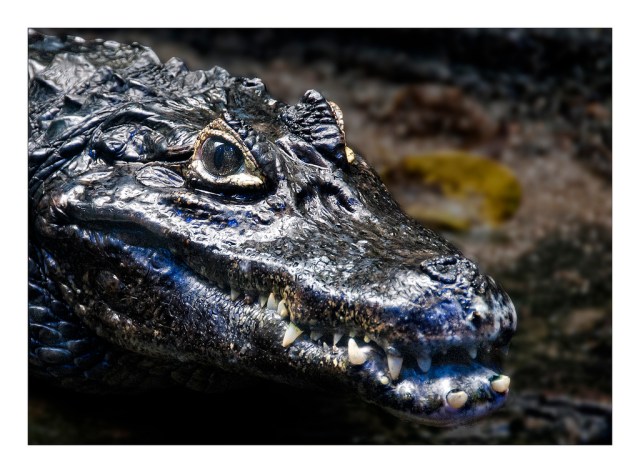Don’t Freak Out Or Anything, But Crocodiles Have Supersenses
Just in case, maybe you should get the Outback Hunters on speed-dial.

We’ve known for a while that these creatures have very acute senses. but researchers at the University of Geneva have found that depending on the subspecies, either the head or entire body of a crocodilian is covered with dome pressure receptors (DPR), or Integumentary Sensory Organs (ISO) as they’re also known. These micro-organs first appear on the head, before the tough, protective epidermal layer cracks and forms scales, and they have receptor channels connected to mechano-, chemo-, and thermo-receptors, rendering them sensitive to touch, heat, and chemical stimulation.
What does that mean? Lots, and all of it is terrifying. For example, it tells us that like Batman, crocodilians can find their prey even in the dark. The ISOs also help crocs know when to move between the cool water and warm sun to maintain an optimal temperature, and can determine whether or not a habitat is suitable. Even though their skin is tough, it is remarkably sensitive — also just like Batman (because you know that deep down, he’s a big orphan-rescuing softy).
You can see the study for yourself in the journal EvoDevo; in the meantime, unless you actually are an Outback Hunter, I would stay away from any crocodilian habitats. Or find some good old-fashioned nuclear waste and attempt to one-up them Killer Croc style. That shouldn’t be too hard, right?
(via Phys.org, image via Claude Robillard)
- Science somehow managed not to notice these bright purple crabs until recently
- This crocodile turned orange for some reason
- Apparently alligator fat makes for efficient biofuel
Have a tip we should know? tips@themarysue.com